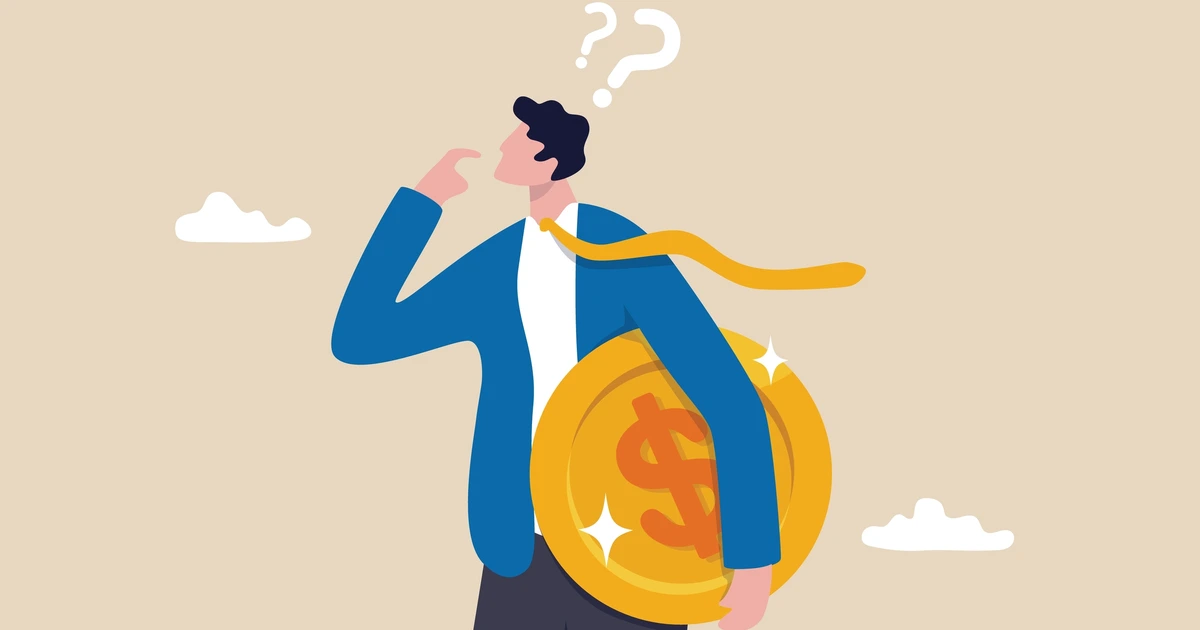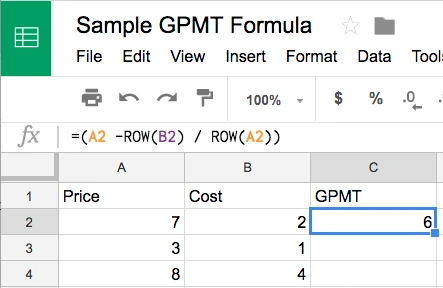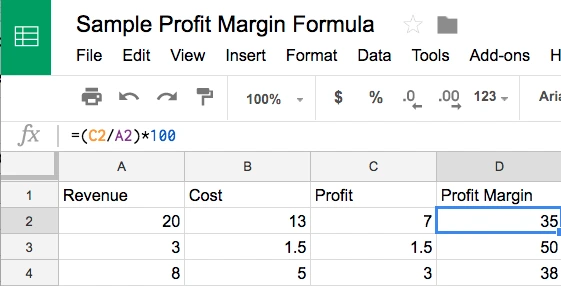
Pricing Amazon Products: How to Set Your Listing Up for Profitability


Table of Contents
- Calculating Cost
- (Price - Cost) / Price = GPMT
- Customers
- Competition
- Final Thoughts
- Frequently Asked Questions
What is the “Goldilocks Zone” for pricing Amazon products?
Do you find pricing Amazon products difficult? Without knowing it, could your Amazon pricing strategies be costing you sales?
According to a study published in the Harvard Business Review by Michael Marn and Robert Rosiello, the answer is: absolutely. In this study, pricing experts at McKinsey and Company demonstrated that just a 1% price improvement could result in an 11.1% increase in profit.
In fact, the study goes as far as to say “The fastest and most effective way for a company to realize its maximum profit is to get its pricing right.”
If you want to dominate your Amazon category in sales and earn the coveted Best Seller rank, getting onto page one for your product’s search should be your ultimate goal. If you need more incentive, did you know that 70% of all sales go to sellers on the first page?
To start pricing Amazon products more effectively for better conversions, there are three vital product pricing factors to consider:
Calculating Cost
One of the most important factors to consider for pricing Amazon products is the total cost of your item. It’s imperative to establish your costs, ranging from manufacturing the product to shipping it to an FBA center.
To calculate your costs accurately, account for the following:
- Raw materials: Any materials used in the manufacturing of your product, such as metal, wood, plastic, cloth, etc.
- Labor: Use of a supplier’s workforce and time to create your product
- Assembly: The actual work performed to bring all the components of your product together, including labor and machine costs
- Storage: Housing your inventory for order fulfillment; these costs include your own if you fulfill your orders (Fulfilled by Merchant), or use Amazon’s services (Fulfilled by Amazon)
- Shipping: Moving your products from the factory to your inventory storage facility, whether it is your home/office or an Amazon fulfillment center anywhere in the world
- Marketing: Your content and ad campaigns (online and offline) to advertise your product to customers in addition to content writers, marketers, graphic artists, etc.
- Returns: Lost profits due to customers returning your product plus Amazon keeping 20% of the original commission as a return fee
- Taxes: The fee that governments charge per transaction, including state and local sales tax
- Miscellaneous: Additional overhead costs of doing business such as accounting fees, insurance, repairs, etc.
- FBA fees (If Applicable): Monthly subscription to FBA services, including fees for inventory storage, per-item, and referrals
Once you’ve added up your costs, divide the result by the number of products you will produce in a given time period to get your average cost per item.
Next, you need to determine your gross profit margin target (GPMT). This value represents the profit percentage you want to generate per item you sell.
To figure out your gross profit margin target, use the following formula:
(Price – Cost) / Price = GPMT
You can create a spreadsheet and enter a function equation to get your GPMT.
If you’re working with either Google Sheets or Microsoft Excel, follow these steps:
- Name the first three columns as follows:
- Column A – Price
- Column B – Cost
- Column C – Gross Profit Margin Target
- Enter the price of your product in cell A2
- Enter the cost of your product in cell B2
- Enter this formula =(A2 -ROW(B2) / ROW(A2)) in cell C2
- Drag the formula down from the right-hand corner of cell C2 to apply it to other products

The next step is to calculate your current profit margin so you can compare it with your new-found GPMT:
- Name the first four columns as follows:
- Column A – Revenue
- Column B – Cost
- Column C – Profit
- Column D – Profit Margin
- Enter the sale price in the Revenue column
- Input the product’s cost in the Cost column
- Create a formula in the Profit column so you can determine your profit on the sale.
- Make sure the formula reads “=A2-B2” so it subtracts the cost of the product from the sale price. The difference will give your overall profit.
- Create a formula in the last column to calculate the profit margin on each sale.
- Divide the profit by the amount of the sale or =(C2/A2)*100 to produce a percentage.

Most manufacturers and retailers aim for a profit goal of about 50% while distributors want around 30%.
Customers
Your customers are the most important aspect of your product sales, but how do they affect Amazon product pricing?
Now comes a tough decision: what kind of customer are you going to target to get your foot in the door?
This choice should be reached by mixing your gathered cost data and an assessment of the competition in your Amazon category. Through extensive research, you should look for weaknesses in the other listings that you can exploit to your advantage such as poor image quality, what people complain about in reviews, descriptions without much detail, etc.
Getting to know your ideal customers intimately will help you with pricing Amazon products as profitably as possible. Find out what kind of shoppers they are. For example, here are a few common customer archetypes:
- Splurger: spends lots of money spontaneously on whatever looks appealing
- Bargain Hunter: searches for the absolute best price on the product desired
- Quality-Driven: willing to spend more money on higher-quality products
Considering the habits, tendencies, and predictability of these types of shoppers should shape the way you price your products.
For example, the splurger may buy your product no matter the cost because it looked appealing at first glance. However, the bargain hunter would be more attracted to a price lower than similar products to save money. Additionally, raising the price a bit over competing products would pique the interest of the quality-driven customer so long as the perceived value is high for your item.
If you have a good grasp of your target audience, spend some time researching their forums or collecting surveys from existing and prospective customers.
Get to know which type of customer produces the highest volume of sales in your category, and price your product according to the needs of that customer type.
Competition
Researching your competition and how they go about pricing Amazon products is a great place to start, especially when there may be multiple sellers in the same space.
Some of your competitors may have already figured out pricing Amazon products profitably. However, many others may have bizarre pricing that doesn’t quite match the target audience nor the perceived value of their products. Take note of strange pricing in conjunction with product reviews and star ratings to see how you can form a better price offering.
To successfully price your product competitively while still demonstrating value, you need to figure out if your new product has the same perceived value as your competitors on Amazon.
You can discover your competition’s perceived value by looking at what customers are saying in their product reviews.
For example, if your product clearly offers more value than a competitor, pricing your product higher gives the impression that it’s better than other products in your category. However, be sure to include your game-changing features and benefits in your product description to highlight your product’s strengths over the competition.
However, if your product has the same perceived value as your competitors, pricing your product a bit lower may attract bargain shoppers to your product. WARNING! Be wary of this tactic as underpricing a competitor can quickly turn into a price war and a race to the bottom.
Final Thoughts
Pricing your products does take some work, but it sets up your pricing ecosystem and the tone of your brand.
Remember to price using lower monetary denominations such as $19.99 rather than $20. That one cent can make a bigger difference than you might think. Studies show that this strategy is quite successful for the majority of product categories.
Before you start pricing, remember to make sure you’re choosing the right products and learn how to predict product trends.
Have any additional ninja hacks you utilize when trying to effectively price a product profitably on Amazon? Tell us about it in the comments below!
Frequently Asked Questions
Achieve More Results in Less Time
Accelerate the Growth of Your Business, Brand or Agency
Maximize your results and drive success faster with Helium 10’s full suite of Amazon and Walmart solutions.

